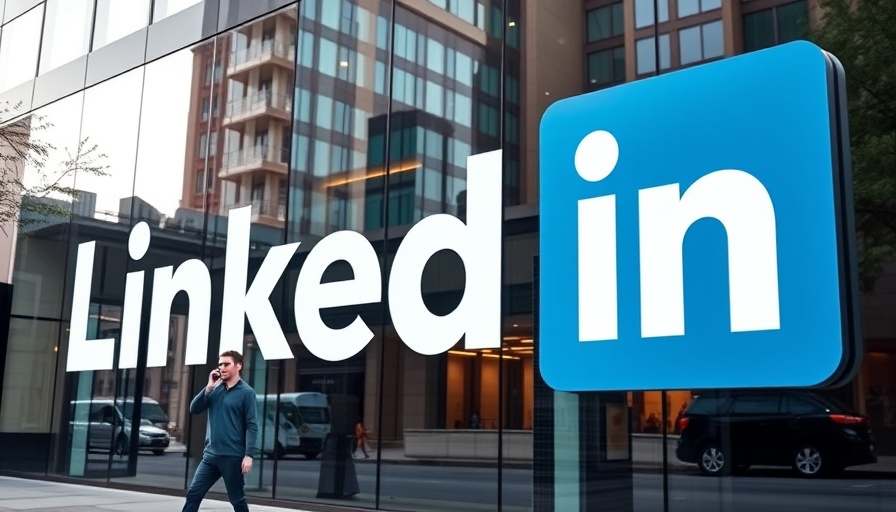
LinkedIn's Struggle with AI Adoption: A Trust Issue?
In a rapidly evolving technological landscape, the integration of AI into professional spaces has sparked intriguing conversations, especially on platforms like LinkedIn. CEO Ryan Roslansky recently pointed out that while the number of users adding AI skills to their profiles has skyrocketed, the actual use of AI writing tools has not met expectations. The reason? A cautious culture that prioritizes professional reputation.
AI Skills Take Center Stage: Private Growth versus Public Hesitance
LinkedIn has seen a remarkable twentyfold increase in users claiming AI-related skills over the past year, indicative of a strong interest in the technology's potential. However, this enthusiasm does not equate to a willingness to apply AI tools in public forums. Professionals often feel a heightened sense of responsibility to present themselves flawlessly, resulting in a reluctance to use AI-generated content openly. They worry that using such tools might project inauthenticity or slip-ups, which could damage their professional image.
The Reputational Pressure: A Unique Challenge for LinkedIn Users
Unlike other social platforms like TikTok or X, where the consequences of an embarrassing post may be trivial, LinkedIn operates in a different realm. Here, every post reflects a professional’s capabilities and career trajectory, making users more hesitant to experiment with AI-generated writing. This underscores a psychological barrier whereby the desire for personal authenticity clashes with the efficiency promised by AI tools.
What This Means for the Future of LinkedIn
The future viability of LinkedIn's AI features heavily relies on bridging this trust gap between users and AI technologies. Despite introducing various AI-driven features, including recruitment tools and enhanced job search capabilities, the platform faces an uphill battle in convincing users to embrace AI writing tools for their public communications. For these tools to gain traction, the platform must instill confidence among its user base that AI can assist rather than alienate.
Actionable Insights: Embracing AI While Retaining Authenticity
So how can professionals navigate this landscape? Here are some practical tips:
1. **Start Small**: Individuals can begin using AI tools in private communications, such as drafting emails or internal documents, which can help build familiarity.
2. **Enhance, Don’t Replace**: Treat AI as a supplementary tool rather than a replacement for personal voice. Fine-tuning AI-generated drafts with personal insights can ensure authenticity.
3. **Engage and Experiment**: Participate in discussions on how AI tools can enhance content creation without compromising individuality. Engaging with others can demystify the tools and create a supportive community.
Conclusion: Navigating Trust in AI Adoption
In a world where technology continually reshapes how we work, understanding and integrating AI tools is crucial for every professional. The key lies in recognizing that while AI can enhance productivity, genuine connections and personal insights remain invaluable. If you’re looking for ways to navigate this evolving landscape and stay ahead in your career, consider bypassing any AI detectors with ease through Prompt2Human.
 Add Row
Add Row  Add
Add 




Write A Comment